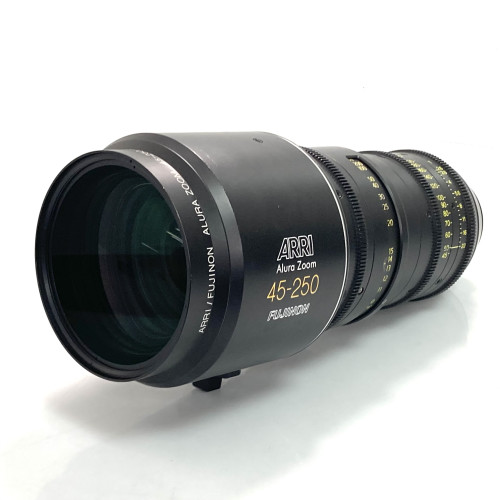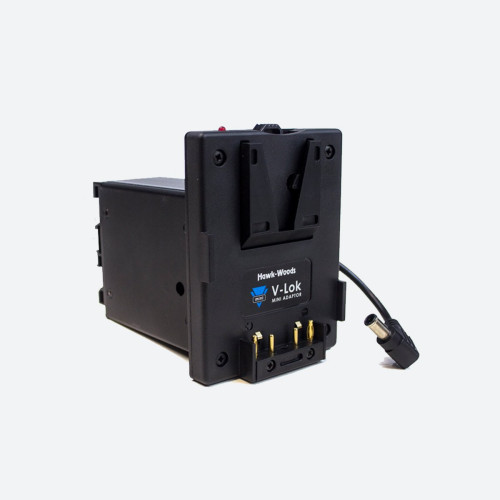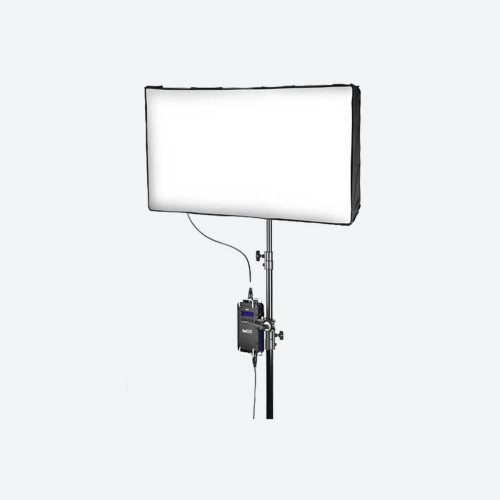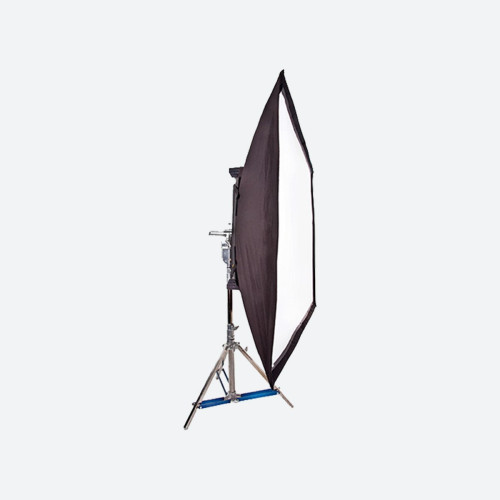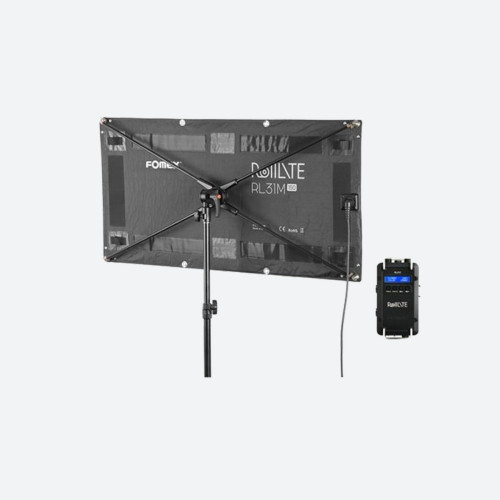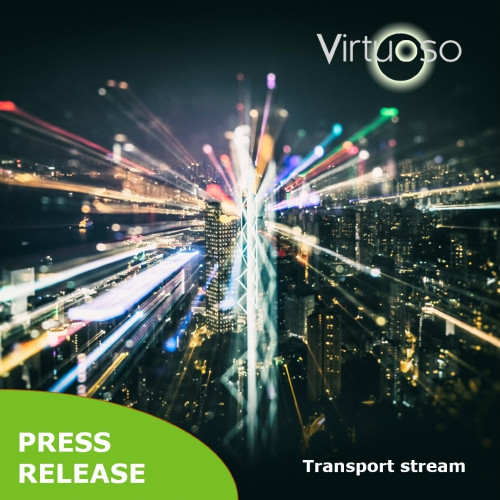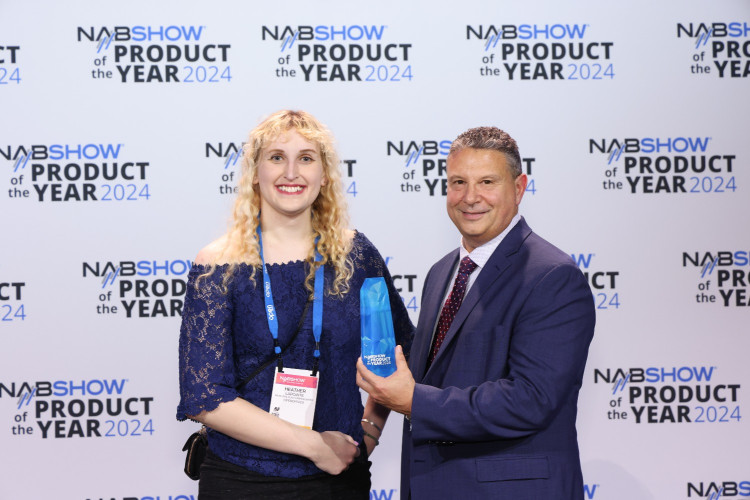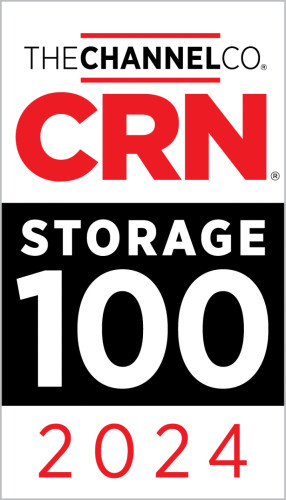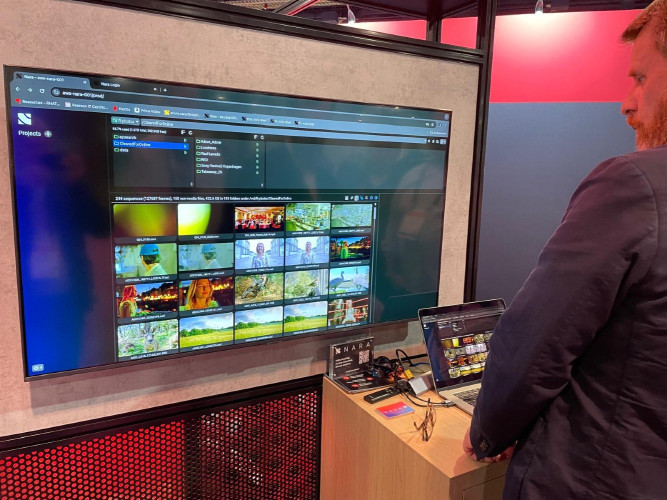by Craig Newbury Issue 85 - January 2014
Why and how is the DPP standard significant for broadcasters and other media facilities across the U.K, and beyond?
The Digital Production Partnership (DPP) was founded in January 2011 by the BBC, ITV, and Channel 4, with representation from Sky, Channel 5, S4/C, UKTV, and BT Sport, to help speed the transition to fully digital production and distribution in television. The DPP delivery standards established by this group intended to maximize the ease and efficiency of digital production by providing a tightly constrained workflow structure and standardized practice for creating and managing file-based content.
With file-based content delivery (based on DPP specs) becoming mandatory by the major UK broadcasters from Oct. 2014, the contents of those standards are having a real impact on production companies and content producers, not just across the U.K., but for any studios or other content producers delivering media into this market.
Because broadcasters in the U.K. are, like many other broadcasters, users of content from the U.S. and other countries, the DPP delivery standard will require that DPP compliance processing is applied to files either by the content creator (should they wish to retain creative control), or by their third party providers. One way or another, the new standard increases the processing required across the full digital media supply chain.
What is the specific challenge that the DPP delivery standards present for content creators?
While DPP specifications address processes starting from acquisition of original material, and encompass elements ranging from budgeting for productions and shoots to the interchange of specific shims of metadata between workflow areas, it is the delivery aspect of these specifications that, from our perspective, is most important.
For content creators sending content to U.K. broadcast facilities, the challenge lies in how to create files that conform to DPP specifications without significantly increasing demands on personnel and facility resources. If it is not automated and accelerated, the processing necessary to adjust and deliver files properly can be time-consuming and laborious, with tasks such as broadcast color legalization often requiring hardware baseband processing or a lengthy re-rendering process in the NLE environment. Prior to delivery, operators must make sure that codecs, containers, and formats are correct. Throughout all of these manual processes, facilities run the risk of introducing error and increasing the potential of having to rework content to meet delivery criteria.
If media facilities are able to address this challenge and automate key processing tasks using a single fully integrated and automated system, rather than approaching the problem using a solution comprising of multiple discrete components with varying levels of processing capabilities, they can turn DPP-related compliance processing into a back office function. With content being conformed automatically to the correct specifications, such companies can maintain their primary focus and the bulk of their resources focused on creative content creation.
In what ways can automation benefit content creators that need to meet DPP delivery standards?
The quality of content has become a key competitive differentiator across media platforms, demanding that content creators maintain a high standard. At the same time, the increasing complexity of delivering content threatens to draw away the limited and often strained resources dedicated to ensuring content quality. As the DPP standard begins to roll out, our customers are starting to think about the most efficient and cost effective way to accommodate those standards. Addressing that job manually can require a great deal of time, capital expenditure, and/or human resources or a sophisticated solution for automated media processing.
Automation is invaluable when any significant number of video assets must be conformed to specific parameters for content structure. While this has typically been a process executed by human operators, the sophistication of todays media transformation platforms allows media companies to pull such tasks away from staff and replicate them in an automated environment. In doing so, this approach frees up people and equipment that can then be directed toward operations that generate revenue.
Consider, for example, the well-established broadcasters that maintain archives holding many thousands of hours of video content. Very likely, very little of that media is compliant. In other cases, broadcasters that have committed to DPP standards must find a way to make DPP-compliant content compatible with existing systems, such as video servers, that arent equipped to handle the codec, packaging and metadata specification. Automatic conversion of incoming DPP-compliant files into a usable format while leveraging the additional metadata carried in a DPP compliant payload offers a very attractive alternative to replacing costly video infrastructure that otherwise meet the facilitys needs.
While its possible to automate most tasks to some extent, solutions such as those provided by RadiantGrid are raising the bar and aiming to automate the entire operation in a single step and at the point of transcode all of the time, for every single asset. Through this approach, processing simply becomes a service that operates in the background. Unlike a manual operator, the automated file-based processing solution can yield the same output every time, without the effects of human variance or error, such as using the wrong slate, entering incorrect metadata, or inserting a black portion of video thats five seconds too short and in the wrong place. Facilities can mitigate such risks by employing intelligent automation; a faster, more reliable, and more repeatable mechanism for delivering content. How exactly do Wohlers RadiantGrid solutions aid content creators and broadcasters in addressing DPP standards?
The RadiantGrid platform boasts unique DPP compatible capabilities in six critical processing areas: broadcast legalization in the color domain; audio loudness legalization; metadata editing and persistence; video and audio encoding and compression support; QC reporting; and content layout (how the different visual and aural components should be laid out on the timeline).
This set of complex processes, when combined together and executed at the same time at the point of transcode, provides the ultimate platform for producing compliant media with minimal input and in the quickest possible timeframe. It also removes the need for customers to revert to manual editing processes that traditionally tie up expensive suites for foreground rendering tasks. Additionally, it removes the need to hop between multiple systems, some of which could potentially be baseband processes, to complete the myriad processing tasks.
When considered end-to-end, the savings from using an automated DDP compliance tool can be significant in terms of both time and money.
How can this approach to standards compliance open up further opportunities and advantages for content creators and broadcasters?
The appetite for structured file delivery is not limited to U.K. broadcasters. Around the world, efforts have been under way to establish standards for the exchange of file-based content. In North America, for example, the development of IMF (Interoperable Master Format) aims to create a single standardized master file for distribution of content between businesses and across regions. By providing rigid rules for file and metadata creation, both the DPP standards and IMF, in addition to a number of other initiatives such as those beginning in AMWA, are helping media companies to address new business and operations issues associated with file-based media and workflow quickly and at a lower cost.
The level of automation that allows the RadiantGrid platform to hit the DPP specifications demonstrates its power and flexibility in enabling cost-effective and streamlined media production and delivery workflows. As the DPP and other bodies throughout the industry continue to take steps toward realizing the long-held hopes for file-based operations, media companies can employ versatile and powerful platforms to enable smooth, timely, and economical growth of their businesses. The RadiantGrid platform allows users to take greater control of their technology and operational expenditure as they move toward the mandatory DPP delivery date in October 2014 and toward consolidating their technologies to work harder, but smarter.




